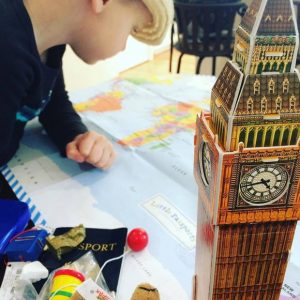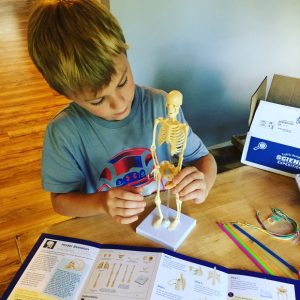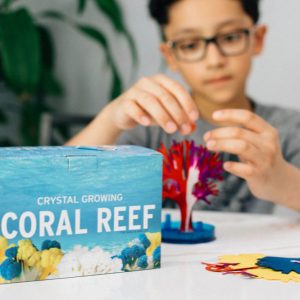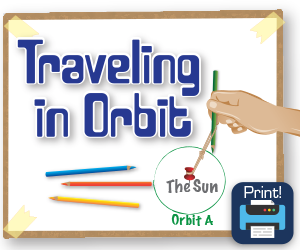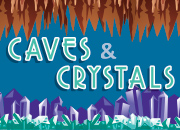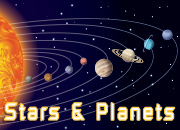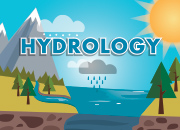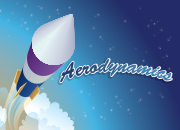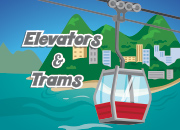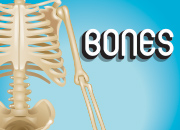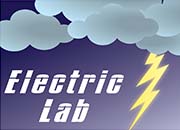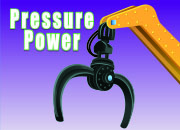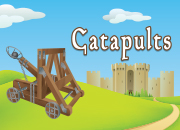Welcome to Science Expeditions Extras!
Dive deeper into your science kit’s theme and experiments. This month, learn a little extra about aerodynamics.

Aerodynamics
 In the early 1900s, Russian physicist Konstantin Tsiolkovsky hypothesized that we could launch rockets into space. He studied how rockets were propelled, came up with new, more efficient designs and invented the science of “rocket dynamics,” which we still rely on today. Tsiolkovsky’s work turned our eyes to the stars, and inspired a new era of space exploration.
In the early 1900s, Russian physicist Konstantin Tsiolkovsky hypothesized that we could launch rockets into space. He studied how rockets were propelled, came up with new, more efficient designs and invented the science of “rocket dynamics,” which we still rely on today. Tsiolkovsky’s work turned our eyes to the stars, and inspired a new era of space exploration.
Learn about how rockets and other objects move through the air by completing your experiments. If you need help, watch a tutorial video on how to build your air-powered rocket. Explore more about the field of aerodynamics by tracking orbits with a printable activity and flipping through the photo gallery.
Gather the household items from the list below before you begin your experiments. Check off items as you go or print the list here. All other materials are included in your kit.
Air-powered Rocket
scissors
markets, crayons, pencils, etc. (optional)
clear tape
masking tape
Hovercraft
scissors
large, smooth flat surface, like a table
Ball Launcher
scissors
Fun Facts
Commercial airliners fly at cruising speeds of 550-600 miles per hour.
At any given time, there are somewhere between 500,000 to 1 million people flying in airplanes around the world.
Hundreds of years ago, rockets were used to make fireworks for celebrations in China.

Aunt Charlie’s Corner
Expert tips to complete this month’s science experiments!
 Air-Powered Rocket
Air-Powered Rocket
Watch this experiment!
- Safety first — Aim your rocket away from other people, animals and fragile items.
- Holes in your nosecone or between the air tube and chamber may slow down your rocket. Be sure to seal gaps tightly with tape.
- Space out your fins evenly by making marks around your rocket before you tape the fins down. Once taped, they may be difficult to readjust.
- Use the rocket template as a guide, and with more paper, design new rockets to launch! Try shaping the nosecone differently or adding bigger fins.
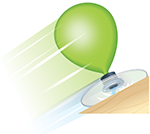 Hovercraft
Hovercraft
- Blowing up a balloon can be tricky! Ask an adult to help inflate the balloon, if needed.
- Do not tie the opening of the balloon closed. Twist it instead. This gives the air a way to escape and propel your hovercraft.
- Leaks between the foam circle and plastic disk may slow down your hovercraft. Be sure to seal gaps tightly with clay.
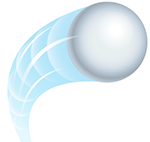 Ball Launcher
Ball Launcher
- Widen the slits of the cylinder with an index card first. This will make it easier to insert the rubber bands into the slits.
- To launch, squeeze the sides of the cylinder. Experiment by squeezing with varying degrees of pressure and by launching from different angles.
- Safety first — Aim your cylinder away from other people, animals and fragile items when launching.
- Play a game with your launcher: Make targets out of boxes and try to launch the ball into the box.
Print and Play
Learn how celestial objects and spacecrafts move through space by tracking your own orbit around the Sun.
Photos
Check out a few vehicles that fly and glide!
Flip through the gallery.
Explore More
Click a button below to learn about another science theme.
We Our Community
